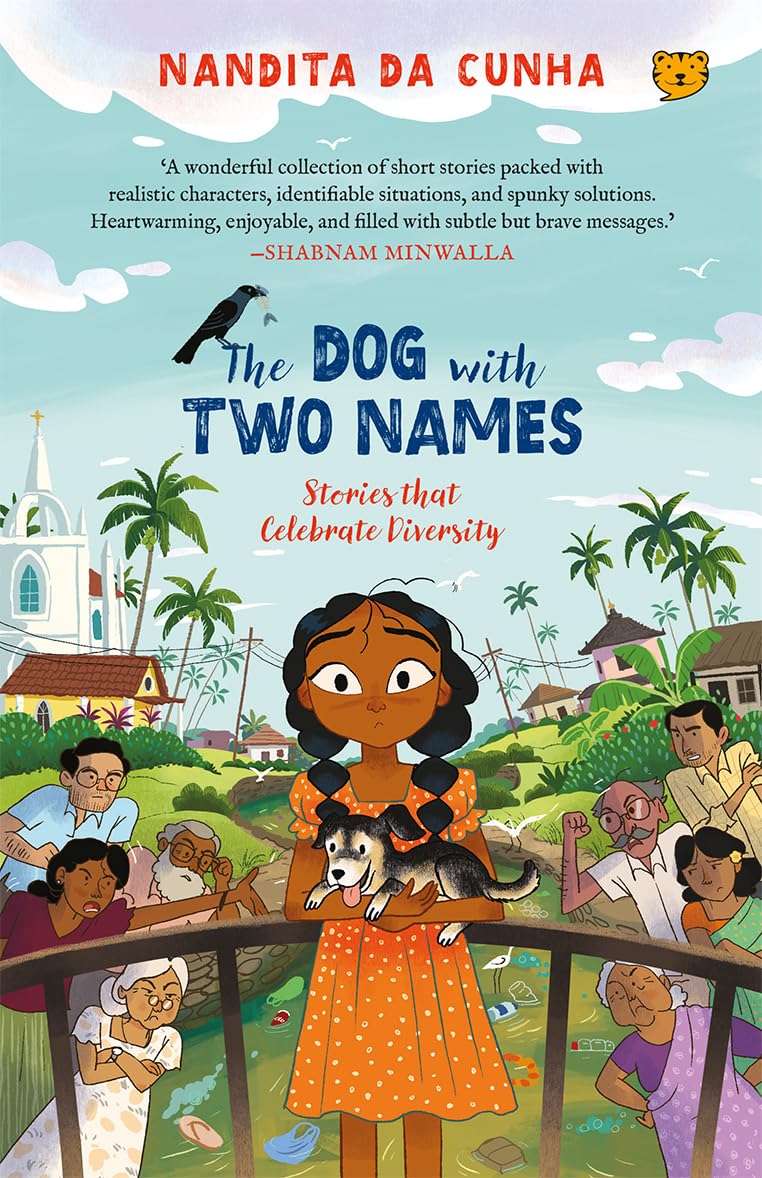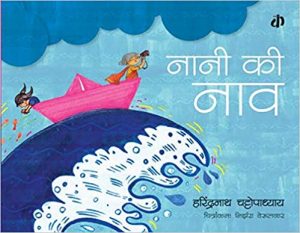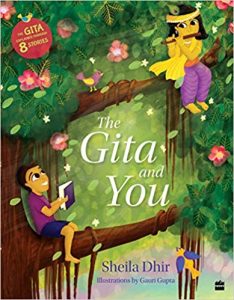Perhaps there has never been a better time to celebrate diversity. In the contemporary context, acknowledging and appreciating diversity is a cornerstone for social progress and development. We live in a very interconnected global landscape, and even within our own country India, there is abundance of diversity. The Dog with Two Names – Stories that Celebrate Diversity by Nandita Da Cunha (Speaking Tiger Books) taps into this pluralism.

Through nine short stories, that will deeply resonate with young modern readers, Cunha paints a nuanced picture of what diversity means today. The very first story, The Three S’s of Saathi Gully celebrates the power of interfaith bonhomie in a poignant story that shows how three young children come to realise what unity can do for them.
These Short stories for children and teens will play a crucial role in fostering empathy, understanding, and a sense of inclusion. By featuring characters from various backgrounds, cultures, and experiences, these stories provide young readers with a window into the rich tapestry of the world around them. Such narratives not only reflect the diversity of our global society but also help promote tolerance, broaden perspectives, and inspire a sense of unity among the younger generation. The protagonists are children belonging to different “groups” clear cut on basis of income, faith or social standing. And yet, each story is a testimony to how their individual identities contribute positively to the collective.
The Dog with Two Names was my favourite story, since it humorously outlines how misunderstandings are created in the first place and how external agencies can perfectly disrupt the peaceful community of diverse people coexisting together in harmony. Another heart warming story took the reader right up to Matheran, a beautiful hill station not very far from Mumbai. The story set here recounts the change in an orthodox father when he comes to terms with the modernism that is grappling his world and threatening old established structures. He decides to send his daughter to school, something not commonly practiced in his patriarchal society. The stories are not at all moralistic or judgemental. They instead present a very human point of view, bringing forth subtle nuances of human behaviour and emotions.
In embracing differences through these short stories, children and teens can develop a more compassionate worldview, laying the foundation for a more inclusive and harmonious future.




